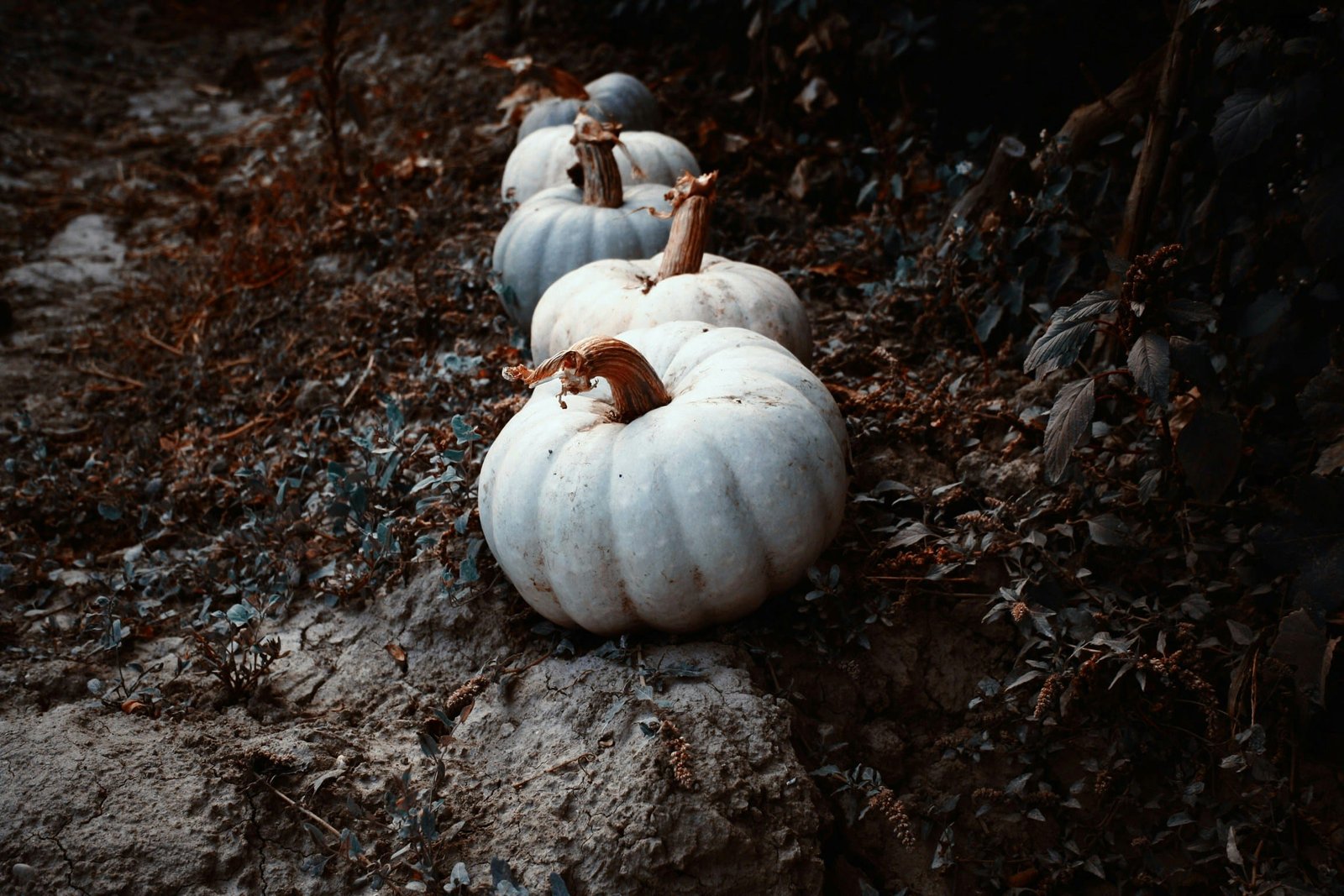Discover the versatile uses of baking soda in gardening. Learn how this natural, non-toxic compound can serve as an effective fungicide, pest deterrent, soil pH balancer, and cleaning agent for your garden tools and pathways. Embrace eco-friendly gardening practices with these practical tips and techniques.
Introduction to Baking Soda in Gardening
Baking soda, scientifically known as sodium bicarbonate, is a white crystalline powder that is widely recognized for its versatile applications. Its general properties include mild alkalinity, which makes it effective in neutralizing acids, and its ability to act as a gentle abrasive. Historically, baking soda has been used in various households for cleaning, cooking, and personal care. However, its utility extends far beyond indoor applications, particularly into the realm of gardening.

The use of baking soda in gardening has a rich history. Gardeners have long appreciated its natural and non-toxic nature, which aligns well with eco-conscious practices. Unlike many commercial garden products that contain harsh chemicals, baking soda offers a safe alternative that does not harm the environment. This attribute alone has contributed significantly to its popularity among those looking to maintain sustainable gardening practices.
Read this article and do not forget to check our YouTube channel “Grig Stamate” for tones of amazing videos:
https://www.youtube.com/@GrigStamate
Budget Friendly BALCONY GARDEN Makeover Ideas (video)
The key benefits of using baking soda in the garden are manifold. It serves as an effective fungicide, helping to prevent and control fungal diseases such as powdery mildew and black spot on plants. Additionally, baking soda can be used to deter pests, enhance soil pH, and improve the overall health of garden plants. These benefits make it an invaluable tool for gardeners seeking natural remedies to common gardening challenges.
In the following sections, we will delve deeper into the specific applications and techniques for using baking soda in the garden. From pest control to soil health, baking soda offers a range of solutions that can help gardeners achieve thriving, healthy gardens with minimal environmental impact. Whether you are a seasoned gardener or a novice, the insights provided will equip you with practical knowledge to harness the full potential of this miraculous remedy.
Pest Control and Fungus Prevention
Baking soda, commonly found in household kitchens, serves as a formidable ally in the garden when it comes to pest control and fungus prevention. This versatile compound can be employed as a natural pesticide and fungicide, offering an eco-friendly alternative to chemical-laden products. Its effectiveness in managing common garden pests and fungal infections has made it a preferred choice for many gardeners.
To combat pests such as aphids, ants, and slugs, a simple baking soda solution can be prepared. Mix one tablespoon of baking soda with one teaspoon of mild liquid soap in a gallon of water. This solution can be sprayed directly onto affected plants. The baking soda works by altering the pH levels on the leaves, making the environment inhospitable for pests. The soap aids in adhering the solution to the plants, ensuring prolonged effectiveness. For ants, sprinkling dry baking soda around their entrance points can deter them from entering garden beds.
When dealing with fungal infections like powdery mildew, baking soda proves to be equally effective. Create a fungicidal spray by combining one tablespoon of baking soda with one-half teaspoon of liquid soap and one gallon of water. Apply this mixture to the leaves of infected plants, ensuring thorough coverage. The baking soda disrupts the spores’ cell walls, inhibiting their growth and spread. Regular application, about once a week, can prevent the onset of fungal infections and treat existing ones.
Proper application techniques are crucial for achieving optimal results with baking soda solutions. It is recommended to apply treatments in the early morning or late afternoon to prevent the solution from evaporating too quickly under the sun. Consistency is key; frequent, light applications are more effective than sporadic heavy treatments. Always test the solution on a small area of the plant first to ensure it does not cause any adverse reactions.
Baking soda, with its pest-repellent and antifungal properties, can significantly enhance the health and resilience of your garden. By integrating this natural remedy into your gardening routine, you can maintain a thriving, pest-free, and disease-resistant garden environment.
Soil Health and pH Balance
Maintaining optimal soil health is crucial for the prosperity of any garden, and pH balance plays a pivotal role in this process. Baking soda, a common household item, can be an invaluable tool for both testing and managing soil pH levels. Knowing whether your soil is acidic or alkaline ensures that plants receive the right nutrients for growth and health.
To test soil pH using baking soda, gather a small soil sample from your garden and place it in a container. Add a few drops of water to moisten the soil slightly. Next, sprinkle a tablespoon of baking soda over the damp soil. If the mixture bubbles or fizzes, this indicates that the soil is acidic, as baking soda reacts with acids to produce carbon dioxide gas. For a more comprehensive test, you can also use vinegar to gauge alkalinity: add vinegar to another soil sample. Bubbling or fizzing in this instance would indicate alkaline soil.
Once you’ve determined the pH level of your soil, you can use baking soda to neutralize excessive acidity. To do this, mix one tablespoon of baking soda with one gallon of water and apply this solution to the soil. This gentle method helps in raising the pH level gradually, creating a more balanced environment for your plants. However, it’s essential to conduct these treatments moderately and regularly test the soil pH to avoid over-alkalizing.
The importance of pH balance in soil cannot be overstated. Soil that is too acidic or too alkaline can hinder nutrient uptake, affecting plant health and yield. Optimal pH levels, generally between 6.0 and 7.0 for most garden plants, ensure that vital nutrients like nitrogen, phosphorus, and potassium are readily available. Therefore, incorporating baking soda into your regular soil maintenance routines can significantly contribute to a thriving garden.
By regularly testing and adjusting soil pH with baking soda, gardeners can maintain a balanced soil environment conducive to robust plant growth. This simple yet effective practice ensures that plants receive the nutrients they need, leading to healthier, more productive gardens.
Cleaning and Maintenance Uses
Baking soda, a versatile household staple, extends its utility far beyond the kitchen, proving to be an invaluable resource for garden cleaning and maintenance. Its eco-friendly and non-toxic properties make it an excellent choice for keeping your garden tools, pots, and surfaces pristine without harming the environment or your plants.
For cleaning garden tools, baking soda can effectively remove dirt, grime, and rust. Start by creating a paste using baking soda and water. Apply this paste to the surfaces of your tools and scrub with a brush to lift off the grime. For stubborn rust, let the paste sit for 30 minutes before scrubbing. Rinse thoroughly with water and dry completely to prevent further rusting.
Garden pots, especially those made of clay or ceramic, can accumulate mineral deposits and dirt over time. To clean them, dissolve 1/4 cup of baking soda in a gallon of warm water. Soak the pots in this solution for 30 minutes. Use a sponge or brush to scrub away any remaining residue. This method not only cleans but also deodorizes your pots, making them ready for the next planting season.
Maintaining garden furniture and pathways is equally straightforward with baking soda. For plastic or metal furniture, mix baking soda with water to form a cleaning solution. Apply it with a cloth or sponge, scrubbing gently to remove dirt and stains. Rinse with water and let it air dry. For wooden furniture, add a few drops of mild dish soap to the baking soda solution to enhance its cleaning power.
To clean garden pathways, sprinkle baking soda directly onto the surface and scrub with a stiff brush. This method is particularly effective for removing moss and algae, which can make pathways slippery and unsafe. Rinse the area with water to reveal a clean, non-slip surface.
Beyond its cleaning efficacy, baking soda’s non-toxic nature ensures that your garden remains free from harmful chemicals. This makes it a safe and sustainable option for maintaining the beauty and functionality of your outdoor space.
Other related posts from our website:
https://howtobuildahouseblog.com/creating-a-garden-that-bumblebees-bees-and-butterflies-love/
https://howtobuildahouseblog.com/9-garden-tools-you-cant-live-without/
https://howtobuildahouseblog.com/garden-financing-how-to-afford-your-dream-garden/
We sincerely hope that our video and post can help you.
Please, write your opinion in the comment section and do not forget to subscribe to our channel if you are new to our YouTube channel.
See you soon at another post.
Bye, Bye



No Responses